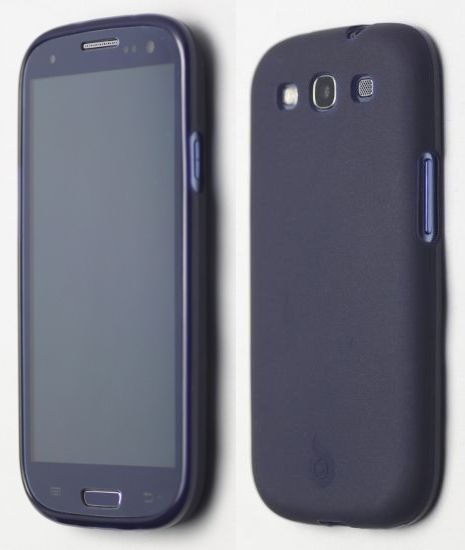The Goldilocks Test for Phone Size

First things first: You iPhone folks can leave. You have no choice on the size of your smartphone, because Apple has made that choice for you. The iPhone 5 is no wider, but one-half inch longer, than the previous version. Take it or leave it, and millions are taking it.
Android is a whole different world or, as we’ve learned to say, ecosystem. Screens are getting bigger, for optics and utility, and so have the phones. Samsung pushed the limits by creating the Note, half-phone/half-tablet (a “phablet”) with a screen more than five inches in size. Even the same phone may have slightly different dimensions for each carrier. Someone has no doubt charted the dozens of sizes available; it is enough to say that there is probably an optimal size for just about everyone.
But what is optimal? That very practical question arose in the course of handling and comparing two of the most popular and capable Android phones of the past couple of years, the Samsung Galaxy S2 and S3. The S2 is superb, but in almost all respects the S3 is better. The S3 does have a bigger screen, and so is ever so slightly bigger to hold.
Ultimately, the question is not whether size matters; the question is whether it matters to you.
That’s what the Goldilocks test is about. There are three parts, one about style, two about functionality.
The style part requires a mirror. If you are someone who uses a smartphone for voice calls (though fewer now do), hold up the phone to the side of your head. Do you feel that you look cool or silly? Do you feel like a modern version of the 1970s hotshot with a monstrous Motorola Brick pressed to his ear? (see above)
The second part is portability. Without getting stereotypical, this is a divide between women and men. Many women carry their phone in a bag, where up to a point, size doesn’t matter. Men usually carry theirs in a pocket, and depending on which pocket and which clothes, this can be an issue. Jeans and tight pants can be a problem (it is taking unreasonable will power not to paraphrase Mae West: “Is that a phone in your pocket or are you just happy to see me?”)
The final part is the most important: How much does size affect usability? This is where differences in hand size come into play. You want to be able to use a phone with one hand, and that’s going to depend on the hand that’s using it. This is also where the most objective part of the Goldilocks test was formulated.
Put the phone in the palm of your hand. Reach around the middle with your thumb and middle finger. If your fingers touch, you will mostly be comfortable using the phone with one hand. If not, you are on occasion going to find yourself doing some juggling or bringing in the other hand. It’s that simple.
Take the test. You want to be able to say about your phone, as Goldilocks said about beds, as others have said about the height of trees: This one is just right.



